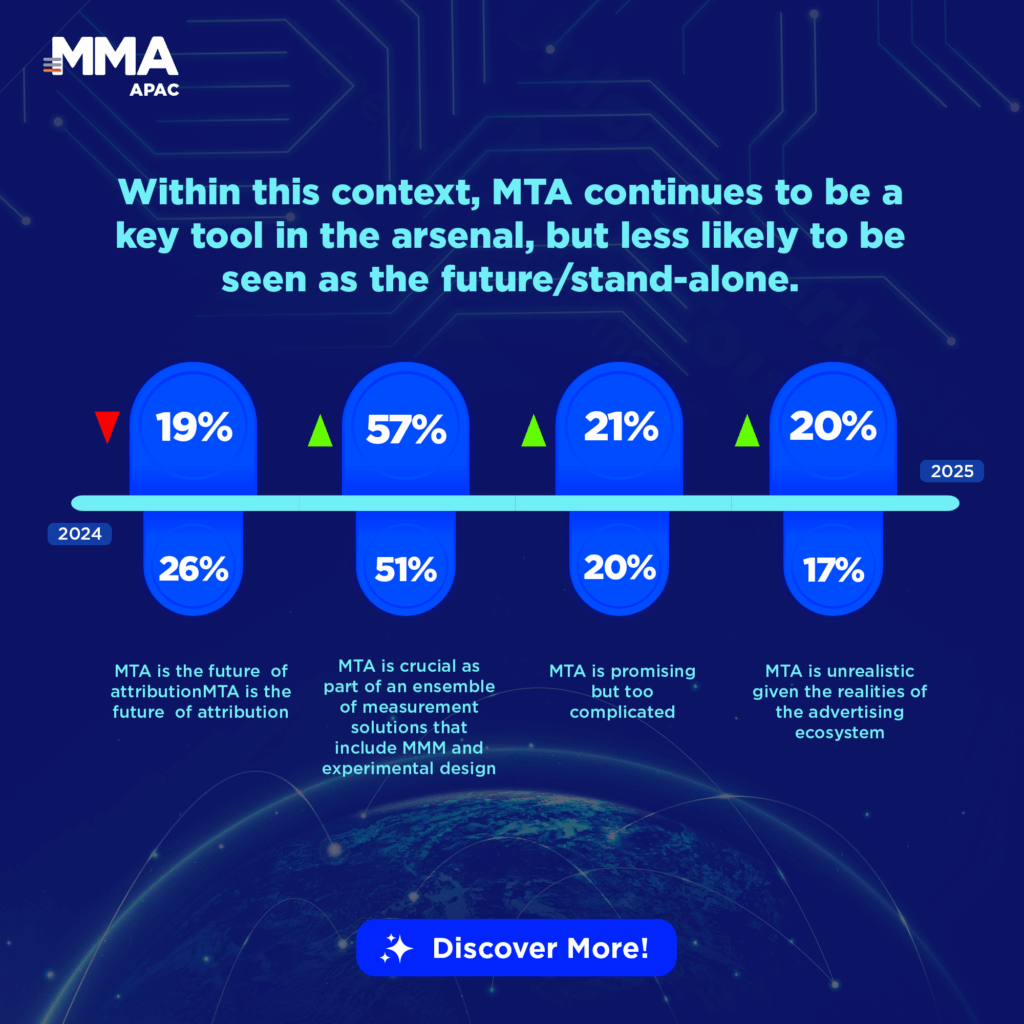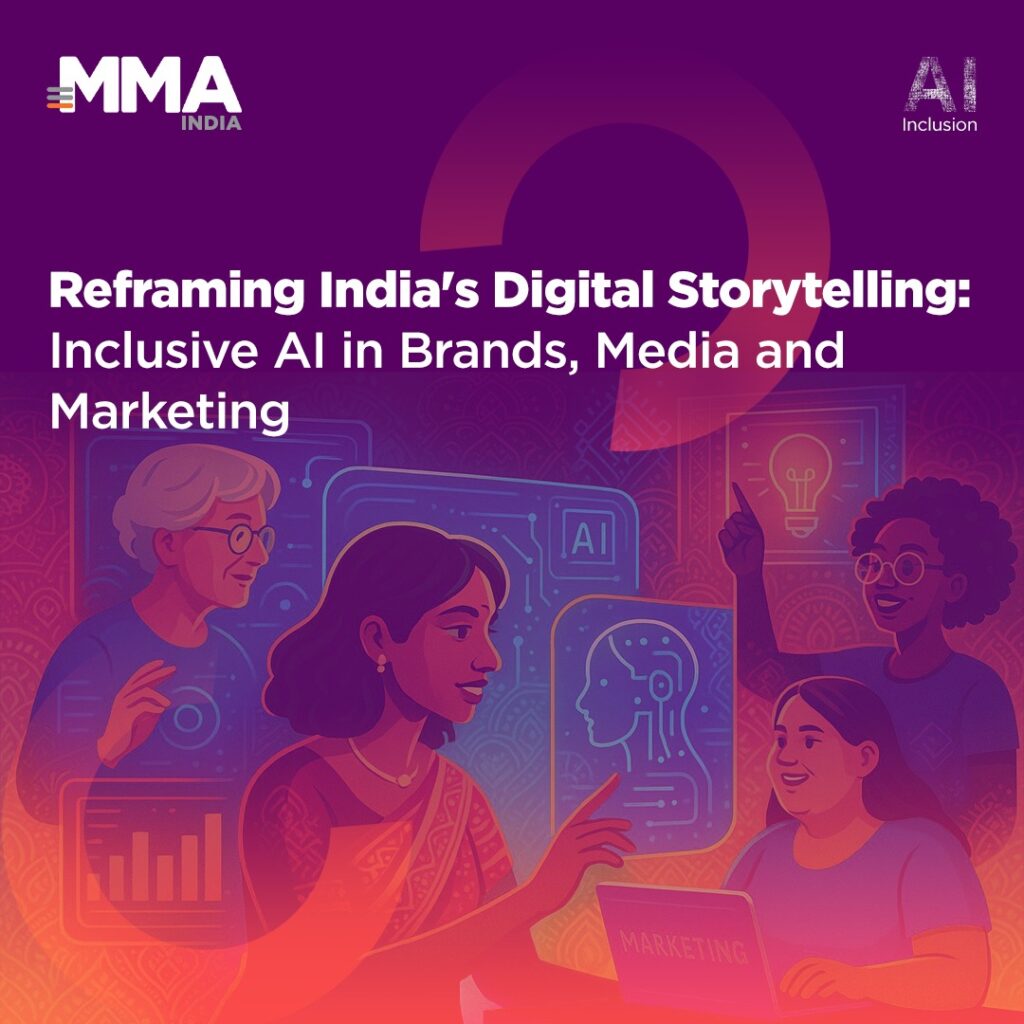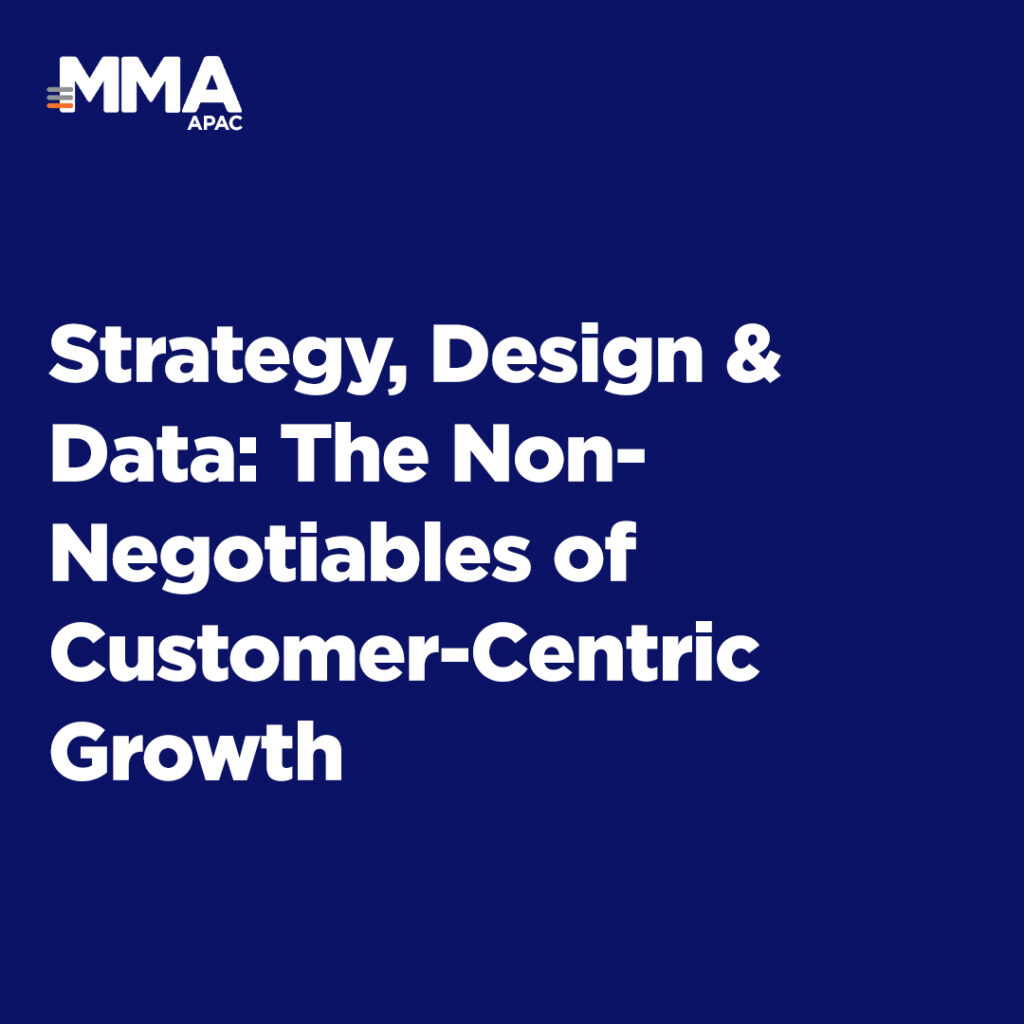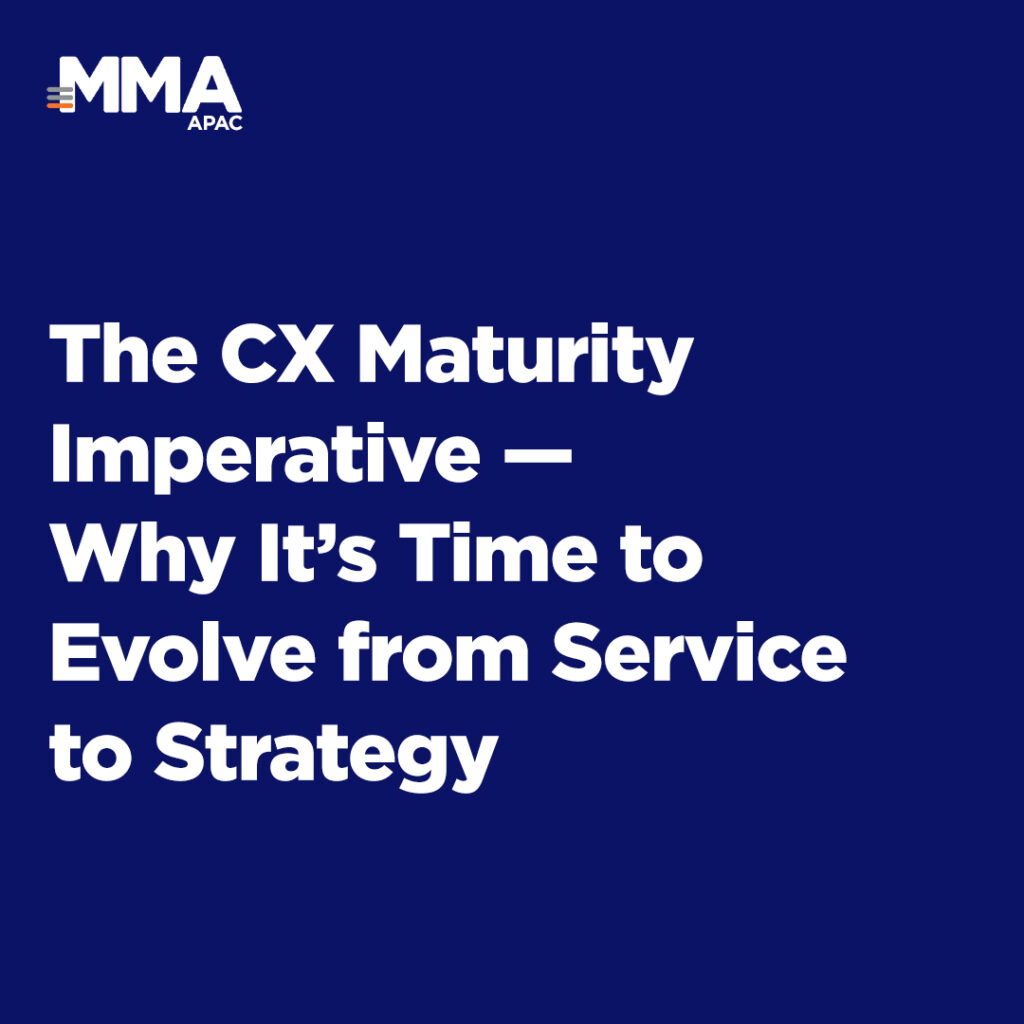
In today’s fast-paced digital landscape, brands are increasingly turning to experiential marketing as a way to foster deep connections with audiences. More than just a promotional tactic, experiential marketing centers around creating immersive, memorable experiences that engage consumers on a personal level. By tapping into emotions and delivering interactive, multi-sensory events, brands are building stronger loyalty and amplifying brand affinity. With this in mind, let’s delve into how this approach is transforming the marketing world, especially among younger, experience-driven consumers.
Why Experiential Marketing Works
Experiential marketing is not just about making a brand visible; instead, it’s about making it unforgettable. Unlike traditional advertising, which often interrupts, experiential marketing seeks to attract. Specifically, this strategy immerses consumers in the brand’s world, blending physical and digital elements for a cohesive journey that resonates with diverse audiences. For brands looking to cut through a saturated media landscape, experiential marketing offers a distinct way to build lasting emotional connections, especially with generations who prioritize experiences, like Gen Z.
Creating Integrated, Omni-Channel Journeys
Today, blending online and offline experiences is key to experiential marketing’s success. As brands craft omni-channel strategies that engage audiences across digital and physical touchpoints, they create a seamless journey aligned with how people interact with media today. For instance, whether through augmented reality, social media, or in-person pop-ups, brands can offer cohesive and interactive consumer journeys that maintain engagement and loyalty. This approach is especially effective with Gen Z, who value a blend of digital engagement with live events around shared interests like music, culture, and social causes.

Navigating Experiential Marketing in Luxury
Luxury brands, on the other hand, face unique challenges when implementing experiential marketing. They must balance exclusivity with accessibility in digital spaces to maintain their premium image while reaching digitally native, younger audiences. For instance, luxury brands might integrate VR and AR into their experiential strategies to simulate in-store experiences or exclusive product previews, keeping the sense of exclusivity intact while tapping into the digital habits of their target audience. When successfully blending these elements, high-end brands can expand their reach without diluting their value.
Leveraging Data for Enhanced Personalization
Data-driven insights are, in fact, the backbone of effective experiential marketing. By analyzing consumer behavior, brands can tailor their campaigns to resonate personally, which strengthens loyalty. Real-time feedback, in particular, helps brands understand preferences and adjust strategies accordingly, creating a continuous loop of engagement. Furthermore, purpose-driven marketing, guided by consumer insights, allows brands to emphasize social responsibility—an approach particularly appealing to socially conscious younger generations. For example, brands that showcase environmental or social initiatives within their experiences can build trust with audiences who prioritize these values.
Power of Collaboration in Experiential Campaigns
Collaborative campaigns enable brands to amplify their impact by combining resources and shared objectives. Joint efforts with aligned brands allow companies to reach broader audiences, creating more meaningful and impactful experiences. For instance, whether through cultural events, festivals, or branded experiences tailored to local preferences, collaboration helps brands remain relevant within specific markets while retaining their global identity.
Measuring Success in Experiential Marketing
Increasingly, success in experiential marketing goes beyond immediate sales metrics. Brands now rely on tailored Key Performance Indicators (KPIs) to measure the effectiveness of their campaigns. Metrics such as consumer engagement, loyalty rates, and brand sentiment are more indicative of a campaign’s long-term impact on brand love and customer loyalty. This data-driven approach not only assesses the success of individual campaigns but also provides insights for refining future experiential strategies.
Strategic Consumer Journey Mapping
Mapping consumer journeys helps brands identify key touchpoints where they can integrate experiential elements. By understanding consumer behavior, brands can position themselves at moments that align with consumers’ lives, enhancing relevance and fostering deeper connections. Whether through in-store interactions, digital experiences, or event-based marketing, brands can become a meaningful part of consumers’ daily experiences, increasing the likelihood of sustained loyalty.
Conclusion
In conclusion, experiential marketing is redefining brand engagement by focusing on immersive, impactful experiences that resonate with audiences beyond a simple ad. Through omni-channel integration, data-driven personalization, and strategic collaborations, brands are building enduring connections and staying relevant in an increasingly competitive, digital-centric landscape. As brands continue to innovate in experiential marketing, they are well-positioned to forge stronger, long-lasting relationships with today’s discerning consumers.



















